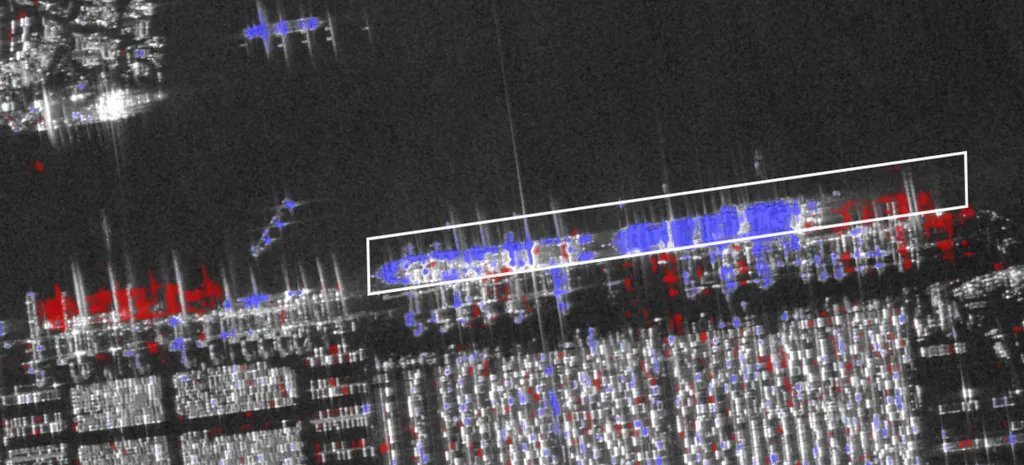In the realm of remote sensing, where the sky is quite literally the limit, a groundbreaking advancement has emerged that promises to revolutionize how we interpret and utilize satellite imagery. Researchers have developed HiT-RSNet, a novel hybrid transformer-convolutional architectural design that significantly enhances the resolution and clarity of remote sensing data. This innovation, led by Naveed Sultan from the Department of Computer Engineering at King Mongkut’s University of Technology Thonburi in Bangkok, Thailand, is set to redefine the landscape of geospatial tasks, from urban monitoring to disaster management.
The challenge of interpreting remote sensing imagery has long been hampered by the limitations of existing methods. Traditional transformer-based approaches often struggle to reconstruct sharp boundaries, preserve fine textures, and maintain spectral-spatial consistency, particularly in complex scenes. “Our goal was to address these limitations by creating a model that could jointly exploit long-range dependencies and fine-grained local details,” Sultan explained. The result is HiT-RSNet, a dual-branch design that integrates Hierarchical Region Transformer Blocks (HRTB) for global contextual encoding with Residual Convolutional Attention Modules (RCAM) for local structure refinement.
The implications for the energy sector are profound. Accurate and high-resolution remote sensing data is crucial for infrastructure mapping, monitoring energy installations, and managing disaster responses. “With HiT-RSNet, we can now achieve a level of detail and clarity that was previously unattainable,” Sultan noted. This enhanced data representation can lead to more effective urban planning, improved object detection, and better disaster management, all of which are critical for the energy sector’s operational efficiency and safety.
The research, published in the prestigious IEEE Access journal, demonstrates HiT-RSNet’s superior performance across various benchmarks, including UCMerced, AID, RSSCN7, and WHU-RS19. The model’s ability to handle different scales consistently makes it a versatile tool for a wide range of applications. “Our extensive experiments have shown that HiT-RSNet outperforms state-of-the-art methods, providing a robust solution for enhancing the resolution of remote sensing data,” Sultan added.
As we look to the future, the potential for HiT-RSNet to shape developments in the field is immense. The model’s innovative approach to combining transformer and convolutional architectures opens new avenues for research and application. “This is just the beginning,” Sultan remarked. “We believe that HiT-RSNet will pave the way for even more advanced techniques in remote sensing, ultimately benefiting industries and communities worldwide.”
In a world where data is king, HiT-RSNet stands as a testament to the power of innovation and the potential of remote sensing technology to transform our understanding of the world. As the energy sector continues to evolve, the insights gained from this research will be invaluable in driving progress and ensuring a sustainable future.

